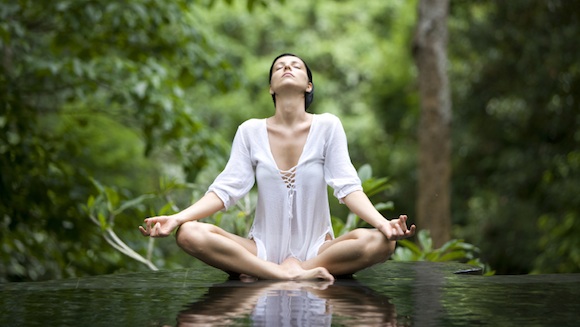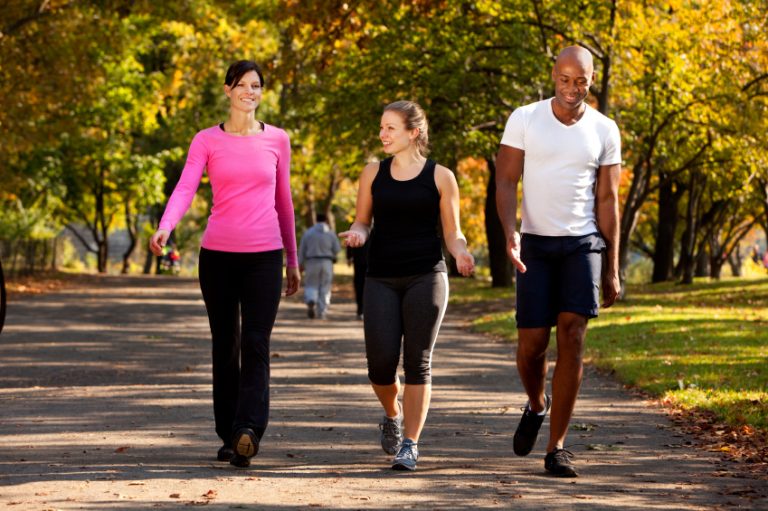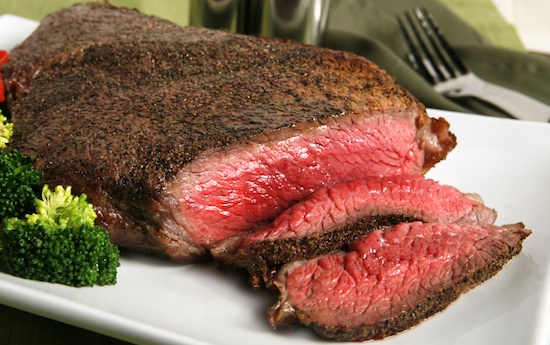Using Deep Breaths To Reduce Stress & Anxiety
December 15, 2011
Time seems to accelerate in November and December each year. Thoughts turn to buying the perfect holiday gifts, planning parties and hosting out of town guests. The to-do list becomes endless and this is often where stress begins to escalate. If simplifying your routine and setting realistic goals seems impossible, try this one simple thing to deal with holiday stress and anxiety.
Breathe
Breath is the key to life. It’s also the one body function most taken for granted. We often don’t think of our breath until it is taken away, limited or challenged by coughs or colds. Your breath patterns may not be at the top of your mind most days. But paying close attention to your breath and being intentional about your breathing can have countless benefits to your physical and emotional health. Breath has the ability to limit our energy when it is depleted, and provide us energy when we make the most of it. It helps our body detoxify and can calm our psyche. It can also affect metabolism and help the body deal with stress. Yogi’s have known these benefits for generations and continue to pass them down through yoga instruction called “Pranayama“. (Prana means energy, Yama = she who measures, literally translated as the practice of managing your energy) Some breathing techniques are actually quite advanced and are not practiced by everyone. Basic breathing techniques can and should be carried out by everyone, everyday. When you begin to practice breathing exercises, it is helpful to do it in a quiet, comfortable place where you won’t have interruptions. Once you learn the basics, you can do them anywhere and experience the results right away. Here are three basic techniques you can start with.
Dirgha Pranayama
(Balancing, three part breath)
Our breath is the main way our bodies are fueled with oxygen. The lungs deliver oxygen to our bloodstream and our major organs (like the heart and brain). Most people are not using most of their lung capacity, and as a result are not maximizing the oxygen flow that could reach the rest of their body. Three part breathing is an exercise to maximize your lung capacity, utilizing your chest, ribs and abdomen. The movement is simple but does take practice. Begin with inhaling and expanding your chest first, from the sternum. Next expand your ribs as you continue to inhale. Last allow the belly to expand gently with the last bit of inhalation. As you exhale, reverse your movement, let the belly fall, the ribs drop inward and the chest relaxes. Repeat this several times until you are comfortable with the movement.
Kapalabhati
(Energizing)
Moms can always use more energy, breath is an easy way to bring this forth. An energizing breath is simply inhaling greater than your exhale. Don’t do this breath for more than 3-4 cycles at a time or you may get light headed. This is a quick exercise, not meant for day long practice, but rather at short intervals to wake up your central nervous system. This breath is effective if you start to get sleepy during the day and you need to be alert or if you are going to start exercising and you’re body is not quite ready to begin. Take a couple of energizing breaths either sitting or standing and you instantly feel a perk in your posture.
Relaxing Breath
A relaxing breath is the opposite of the Kapalabhati or energizing breath. It is helpful when you need to calm your central nervous system in times of extreme stress or if you need an exercise to help calm you before going to sleep. This breath is especially important because it is helping your body eliminate toxins through your exhalation. The technique is as simple as the previous breaths and you are creating a breath with an exhale greater than your inhale. This is naturally an easier breathing pattern than others and will almost instantly result in a relaxation of your entire body. As you exhale you can focus on specific body parts, like the shoulders, being intentional about dropping the shoulders and releasing tension with each exhale. This breath is excellent to do throughout the day when you need to calm your nerves, and it is especially helpful before bed when you need to unwind.
What else can you do to maximize your personal time to renew and refresh? Add some essential oils like therapeutic grade lavender and melissa to your breath exercises or just diffuse them in your home. Avoid synthetic fragranced products like perfumes and plug in and spray air fresheners. The chemicals in these may disrupt your hormones and may actually contribute to panic attacks and anxiety. Pick up a yoga DVD to practice some other yoga techniques at home to help you continue to learn other stress management exercises that can calm your nerves in the months to come. Continue to breathe deeply and make these exercises part of your daily routine and you’ll be calm, cool and relaxed this season.




